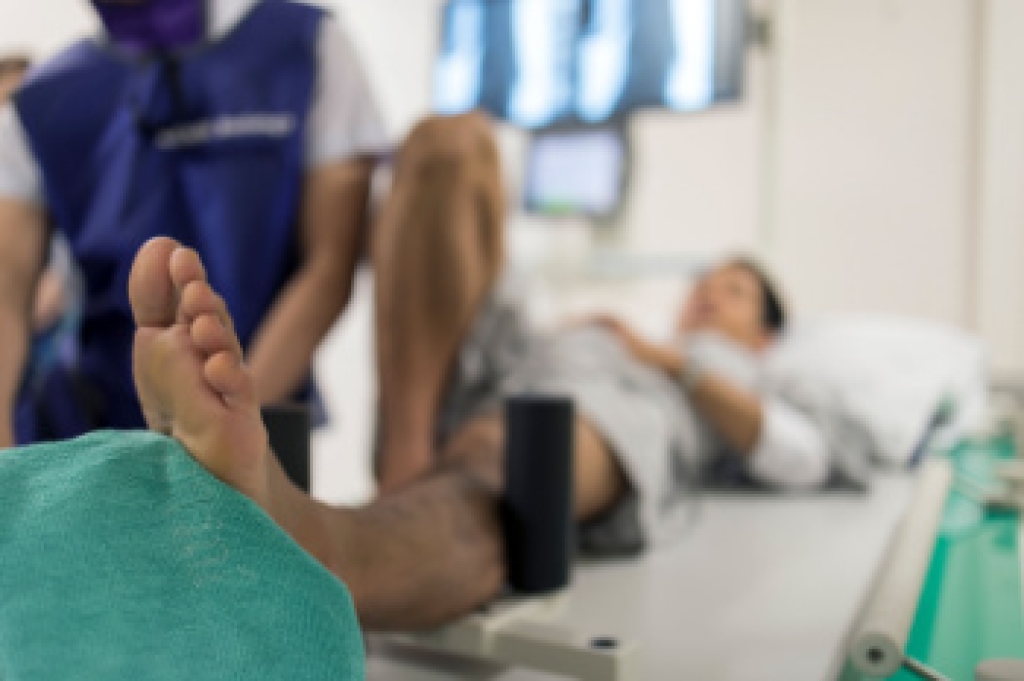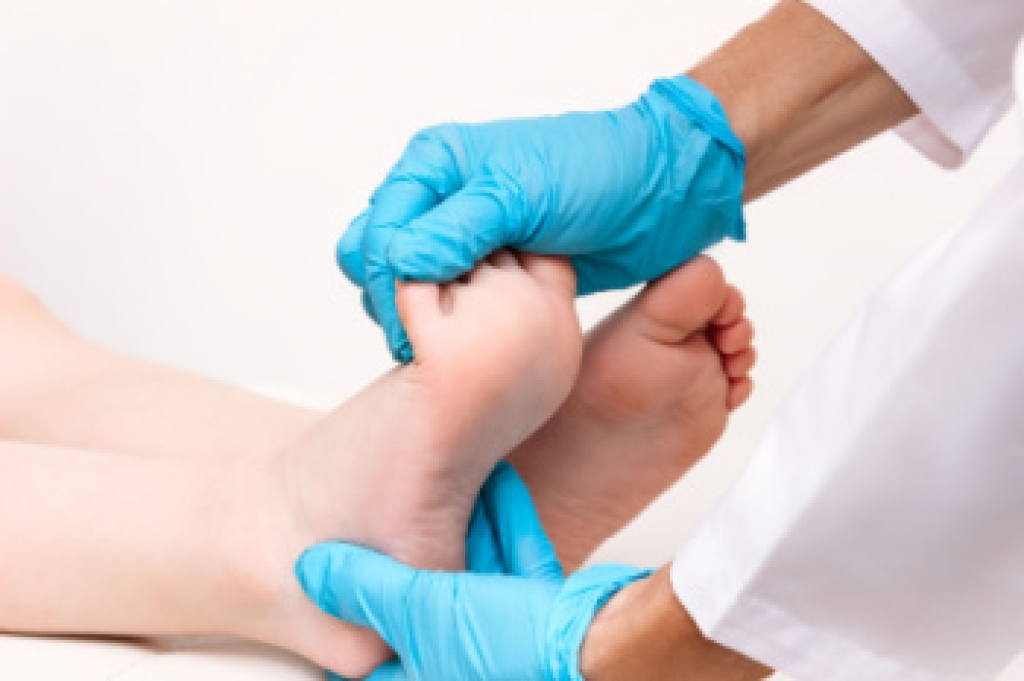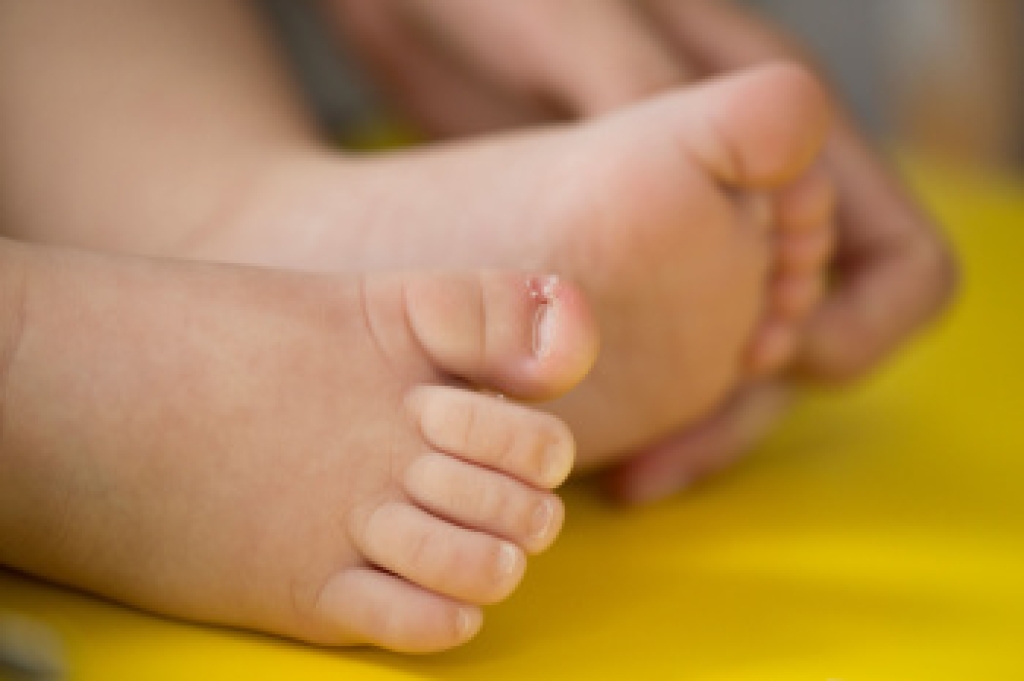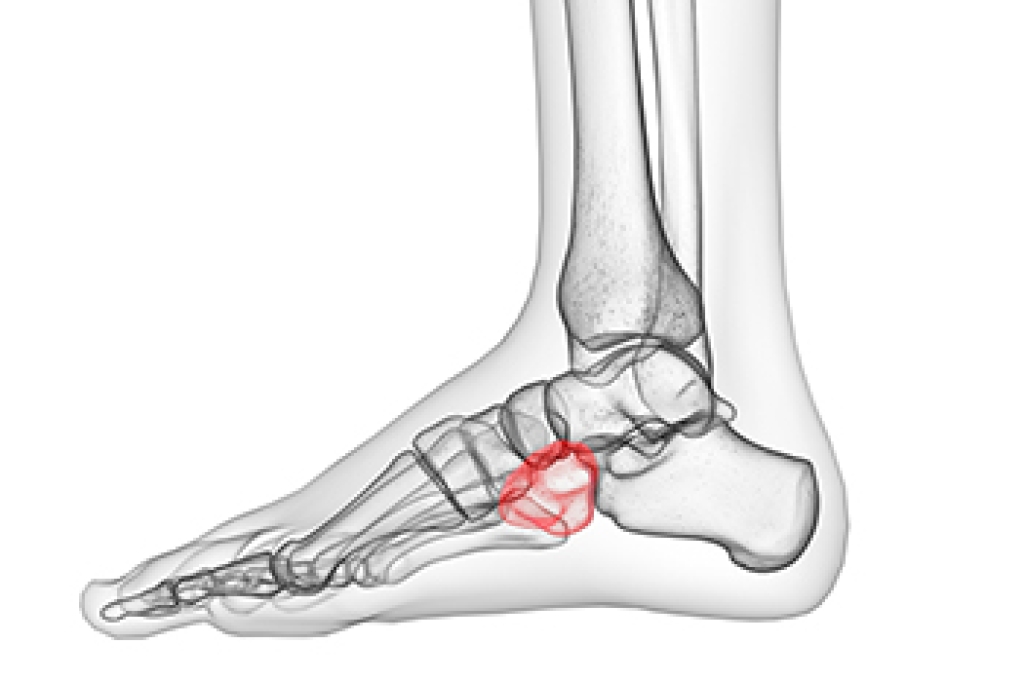
Metatarsal stress fractures are tiny breaks that develop in the long bones of the foot, usually from repetitive impact rather than a single injury. Unlike sudden fractures, these small cracks build over time, often starting as a mild ache that worsens with activity. Runners, dancers, and athletes who spend hours on their feet are especially vulnerable, but anyone who suddenly increases activity or wears shoes lacking adequate support can be at risk. Because the pain often begins subtly, many people mistake it for a bruise or simple soreness. Left untreated, stress fractures can progress into more serious injuries that take longer to heal. Rest, wearing protective footwear, and sometimes immobilization are key to recovery. Gradual return to activity under a podiatrist’s guidance helps ensure proper healing and prevents re-injury. If you have foot pain, it is suggested that you visit a podiatrist when it first starts for a diagnosis and appropriate treatment.
Stress fractures occur when there is a tiny crack within a bone. To learn more, contact one of our podiatrists from Mercer Ocean Podiatry. Our doctor can provide the care you need to keep you pain free and on your feet.
How Are They Caused?
Stress fractures are the result of repetitive force being placed on the bone. Since the lower leg and feet often carry most of the body’s weight, stress fractures are likely to occur in these areas. If you rush into a new exercise, you are more likely to develop a stress fracture since you are starting too much, too soon. Pain resulting from stress fractures may go unnoticed at first, however it may start to worsen over time.
Risk Factors
- Gender – They are more commonly found in women compared to men.
- Foot Problems – People with unusual arches in their feet are more likely to develop stress fractures.
- Certain Sports – Dancers, gymnasts, tennis players, runners, and basketball players are more likely to develop stress fractures.
- Lack of Nutrients – A lack of vitamin D and calcium may weaken the bones and make you more prone to stress fractures
- Weak Bones – Osteoporosis can weaken the bones therefore resulting in stress fractures
Stress fractures do not always heal properly, so it is important that you seek help from a podiatrist if you suspect you may have one. Ignoring your stress fracture may cause it to worsen, and you may develop chronic pain as well as additional fractures.
If you have any questions please contact our office located in Toms River, NJ . We offer the newest diagnostic and treatment technologies for all your foot and ankle needs.




